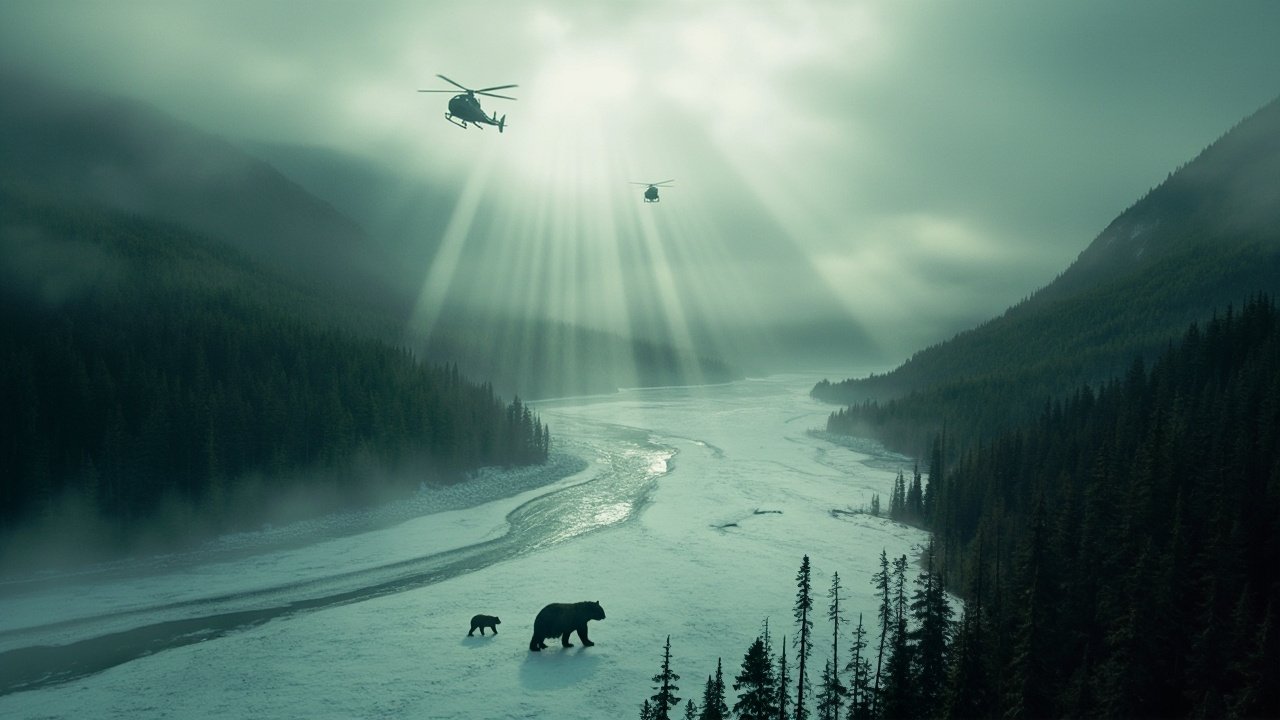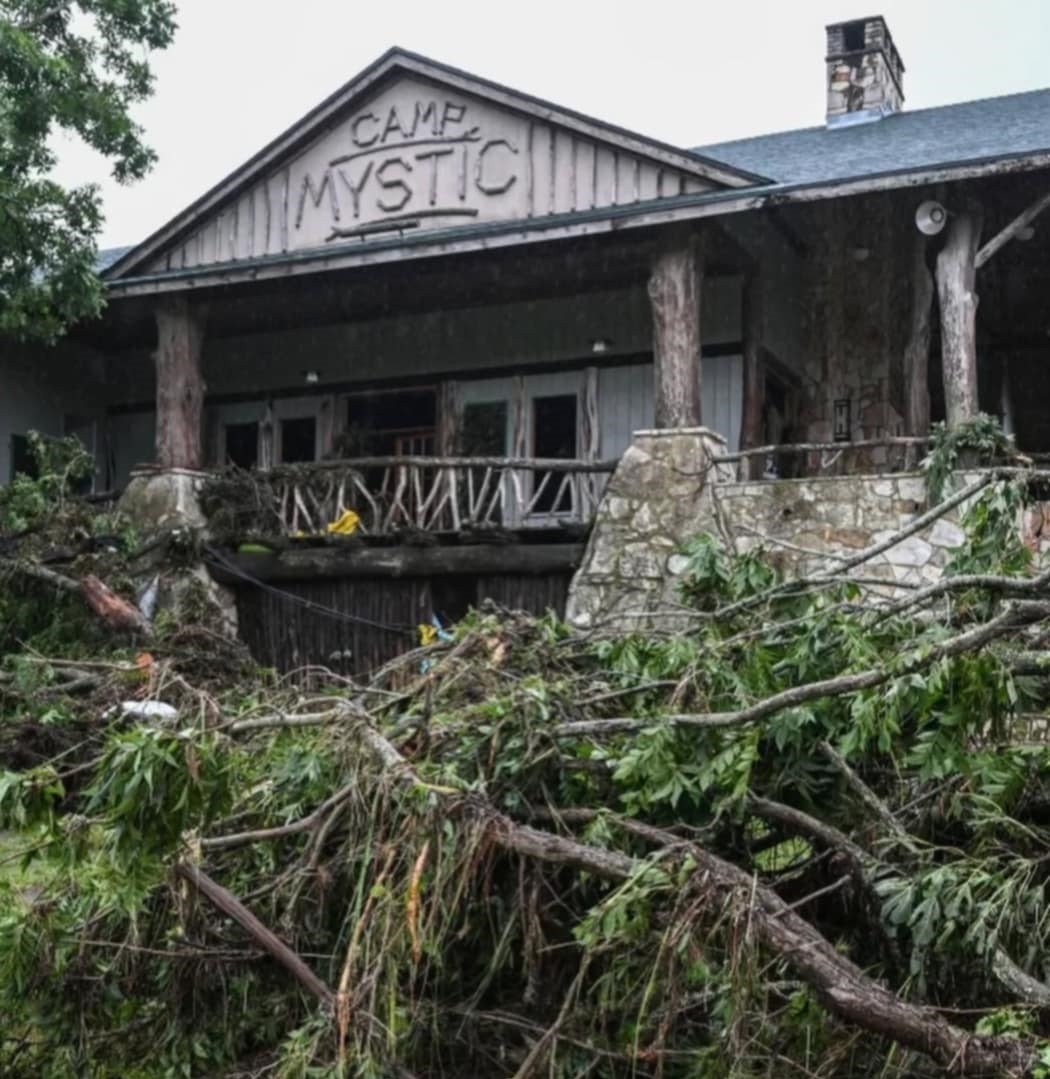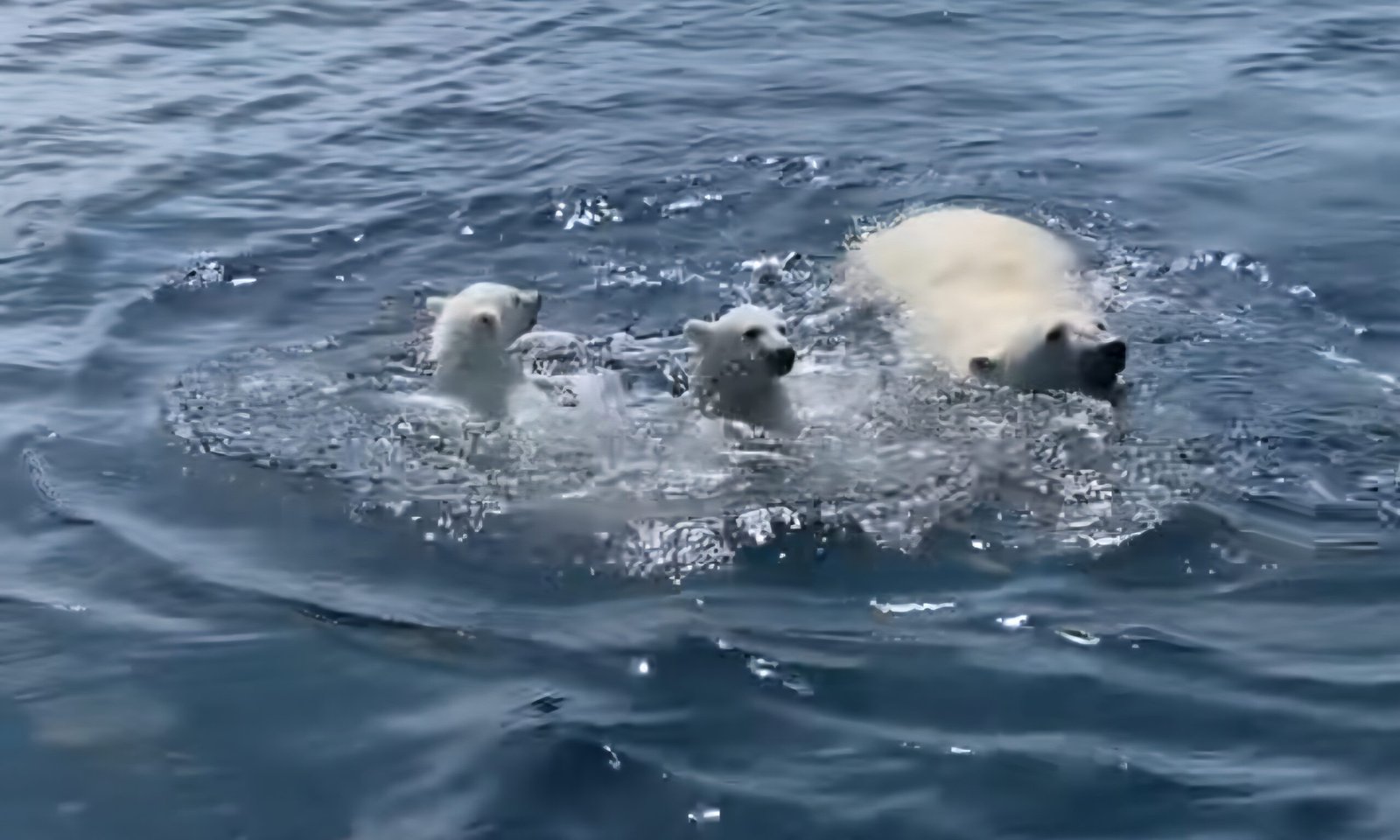
In the remote wilderness of Alaska, a silent war is being waged—not against invaders or poachers, but against the very creatures that embody the wild. Over the past two years, more than 190 brown bears, including mothers and cubs, have been gunned down from helicopters under a state-sanctioned predator control program. Despite mounting public outcry and questionable scientific justification, the slaughter continues.
This article investigates the facts, exposes the motivations, questions the ethics, and calls on both the public and the faithful to respond with truth, courage, and compassion.
A Timeline of Killings
Between 2023 and 2025, the Alaska Department of Fish & Game (ADF&G) implemented an aggressive predator control operation aimed at boosting moose and caribou populations. Using helicopters, state agents shot and killed brown bears across southwest Alaska—particularly near protected public lands such as:
- Katmai National Preserve
- Lake Clark National Park
- Brooks Falls (famous for bear viewing)
Despite a federal court ruling questioning the legality of these actions, the program accelerated, with 179 confirmed kills by late 2024 and over 190 as of mid-2025.
Why Is This Happening?
The rationale given by ADF&G is rooted in the idea of “intensive management.” The theory is that by reducing predator populations, herbivores like caribou and moose will rebound—providing more game for hunters.
However, numerous wildlife biologists and conservationists argue that this theory is scientifically unfounded:
- No consistent evidence supports predator control as an effective method for boosting game populations long-term.
- The killing is non-selective—many of the bears killed were not tracked, studied, or even part of problem populations.
- These bears were often part of regional ecosystems near national parks and widely recognized by tourists and researchers.
A Question of Ethics
The method—shooting from helicopters—is brutal. Often, cubs are killed alongside their mothers. Tracking is minimal. Targets are acquired visually and eliminated without pause.
Even those trained in wildlife management have raised concerns over the cruelty and ecological short-sightedness of these practices.
“We should be stewards of creation, not executioners of it.” — Wildlife ecologist, PEER
The Spiritual Cost
In the book of Ecclesiastes, we are reminded:
“People and animals share the same fate—both breathe and both must die. So people have no real advantage over the animals.” — Ecclesiastes 3:19
And in Proverbs:
“The righteous care for the needs of their animals, but the kindest acts of the wicked are cruel.” — Proverbs 12:10
The aerial slaughter of bears is not simply a policy problem—it is a spiritual crisis. It reflects how far society has drifted from the biblical principles of stewardship, reverence, and justice for all living things.
What You Can Do
1. Sign a Petition
Join over 50,000 others who have already signed to stop the ADF&G’s aerial killing programs:
2. Contact Decision-Makers
- Email or call the Alaska Department of Fish & Game
- Reach out to the Board of Game and the U.S. Fish and Wildlife Service
3. Donate or Support Legal Action
Organizations like the Center for Biological Diversity, Alaska Wildlife Alliance, and PEER are fighting this in court and policy.
4. Raise Awareness
Share reels, articles, and testimonies. Most people don’t know this is happening.
The Role of the Church
It’s time for churches and ministries to speak up. Creation care is not a fringe issue—it’s foundational. From Genesis to Revelation, Scripture calls us to protect what God has made.
“The earth is the Lord’s, and everything in it.” — Psalm 24:1
To remain silent while life is being erased is to be complicit.
Conclusion
The massacre of Alaska’s brown bears is a tragedy that spans science, morality, and faith. These animals, majestic and vital, are not pawns in human politics. They are part of God’s creation—and they deserve more than death from above.
Let us pray. Let us act. And let us remember:
“The Lord is good to all; he has compassion on all he has made.” — Psalm 145:9



